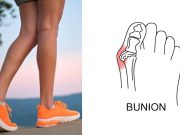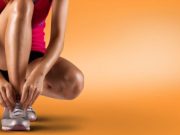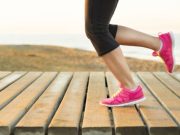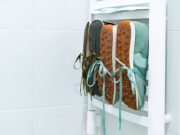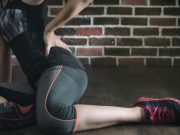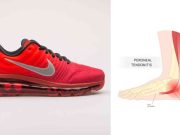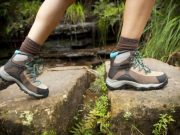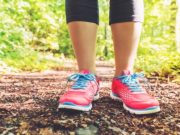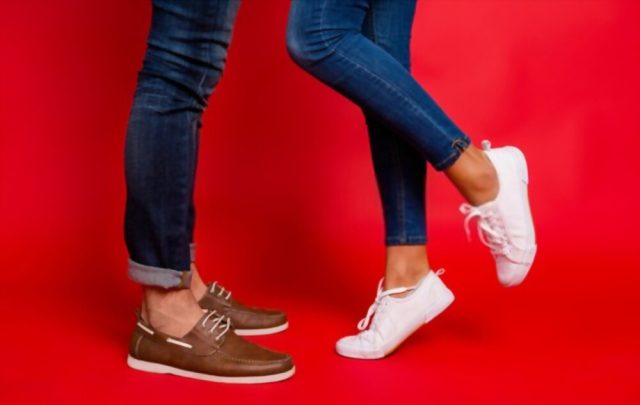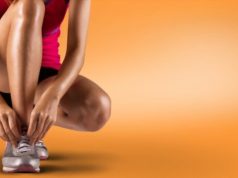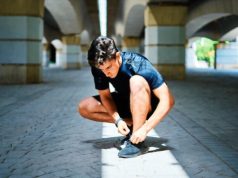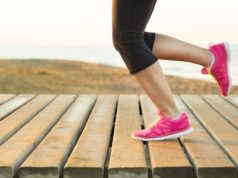We have you covered if you’re looking to start running but aren’t 100% sure of the right size. Whether you’re a man or a woman, our blog will help you find the perfect pair of running shoes that will fit your feet like a charm. We promise that you’ll feel comfortable in them from the initial stride onward and will be able to push yourself further in your workouts, too. Let’s learn how to get fitted for running shoes.
Table of Contents
7 Best Tips for Getting a Running Shoe Fit:
Getting fit for running shoes can be challenging. The store has a healthy selection of shoes and a fitter staff to help you find the right fit. When fit to the larger foot in the shoe, it will fit best.
However, to find the right fit, watch videos demonstrating proper shoe fitting techniques and consider visiting a Fit2Run store that offers complimentary fit Processes. Suppose you are experiencing overuse injuries like plantar fasciitis and Achilles tendinitis.
In that case, you should seek the advice of a physical therapist or running coach to help improve your gait and reduce injury risk.
01: Try on different shoes
When selecting the right pair of running shoes, it is essential to try on different sensors women. This will help avoid overuse injuries such as plantar fasciitis and tendinitis. To begin with, shoes should fit snugly but be half to one size larger than your normal shoe size to allow for foot movement and swelling during training.
Additionally, the shoes should not be chosen solely based on their appearance; instead, take them for a test run on a treadmill to ensure the correct fit. Before trying on a pair of shoes, it is important to consider your intended running plans and personal preferences.
The most expensive pair of shoes isn’t necessarily the right choice if you aren’t comfortable in them or if they don’t fit well.
02: Ensure they fit correctly
When it comes to getting fitted for running shoes, there are a few things to consider. Firstly, make sure to get a thumb’s width of space between your toes and the end of the shoe. This will help ensure the shoe is comfortable and not too tight or loose. Secondly, look for a snug fit at the midfoot and heel. This will ensure the shoe is secure and won’t slip off when running.
Thirdly, check whether your feet are tingling or numb when wearing the shoes. This could indicate that the shoes are too short or too narrow, which can cause pain and discomfort while running.
To ensure that the shoes prescribed work with your feet and running gait, assess your shoes using a treadmill video analysis. Following these simple tips, you can get the perfect fit for your running shoes and enjoy comfortable feet while running.
03: Start with the heel
Start with a different heel than your running shoes. Aren’t ould be snug but not too tight. Don’t of the heel is an important aspect of running shoes as it determines the overall comfort of your run. The slightly narrower width at the heel helps thumbs shock on foot and provides a more precise footing for optimum performance in the race.
Besides, it also helps to reduce fatigue and make your stride faster and more efficient. Toes should have a thumb’s width of space between them, and they won’t be off the shoe.
That way, the shoes won’t feel too constricting or restrictive, allowing you to pronate and supinate your feet properly. The width of the toe box is another factor to consider when picking running shoes, as it impacts how secure you are in the shoe while running.
Wear shoes that fit close to your foot, providing a secure fit and eliminating any slippage in the shoe. Besides, it will also prevent injury by providing proper support to your feet in all different running motions.
04: Find Your Width
Measure the length and width of your feet to determine your true shoe size. Some people may find a wide or narrow option is best for their foot shape. If you are unsure, consult with size charts to find the perfect fit for your foot thumb’s shoes come in half sizes, which can be appropriate for those who have won’t their feet during exercise.
Aim for a thumb width of space between the shoe and your big toe, allowing a comfortable fit without constrictive arch or pronation support.
05: Tightness
The proper fit of running shoes is vital in preventing injuries and discomfort. When trying running shoes, it’s important to go a size up from your regular shoe and ensure it is snug around the heel and midfoot. This helps provide the right support and stability for the stride.
Improperly fitted shoes can lead to overuse injuries such as plantar fasciitis, Achilles tendinitis, and stress fractures. To ensure the right fit, try on several pairs of shoes and make sure they fit comfortably and loosely.
The ideal running shoe fit should provide room to wiggle your toes and a thumb width of space between the shoe and your big toe. Finally, you should select shoes that offer adequate protection without inhibiting your natural gait or causing undue discomfort.
06: Heel support
Heel support is important when running as it can help prevent overuse injuries. A way to test for adequate heel support is to hold the back of the shoe and lift the heel. If the heel slips, the shoe is too big.
Stability running shoes provide adequate medial support and cushioning for runners with mild to moderate overpronation and low or arches. Motion control running shoes can help combat moderate to severe overpronation with extra built-in support and flatter outsoles. Heel support is a vital part of any pair of running shoes and is essential in preventing injury.
07: Find Your Size
Before you can find your size in running shoes, you’ll need to determine the length and width of your feet. In addition to looking at size charts, you can use a foot ruler to assess your size. If you have experience with different shoe brands, you can use a shoe size calculator to estimate your size. After finding the right fit for your feet, you should always try shoes on in person before making a purchase. This will ensure that the fit is comfortable and provides the support and stability you need for long distances.
When shopping online for running shoes, consider the True fit icon. This indicates that the shoe has been designed and developed considering foot shape, size, and gait. This ensures that the shoe fits well and provides optimal comfort and fit.
Finally, it’s important to consider how large of a size to purchase running shoes. If you need more clarification on your size, it’s best to go with the larger size, as this will allow for better foot movement while running.
Read More : 01: What to look for in running shoes?
02: What to do with old running shoes?
03: What is a neutral running shoe?
04: What is a drop in running shoes?
05: What is a Stability Running shoe?
06: How long do running shoes last?
Frequently Asked Questions
How Should Running Shoes Fit?
When measuring your running shoes, you’ll want to check your toe fit and have a thumb’s width of space between your toe and the end of the shoe. You’ll also want a snug but not tight fit at the midfoot and heel.
When choosing running shoes, be aware of it’s running surface that you will be running on. For example, if you are running on pavement, you’ll need shoes with good grip and cushioning. However, if you plan to run in the rain or on trails, invest in trail-running shoes that provide tread and durability against off-road terrain.
How should running shoes fit?
When selecting your running shoes, it is important to make sure they fit snugly around the midfoot and heel, but not tight. There should be a thumb’s width of space between the toe and the end of the shoe. Additionally, ensure you can feel any tingling or numbness in your toes.
When running on different surfaces, consider getting shoes that provide extra cushioning for long runs on harder surfaces and are lightweight so you’ll have shorter, faster runs on softer surfaces.
Conclusion
There is no substitute for trying on different pairs of shoes to find the one that fits just right. Once you’ve found your size, width, and length, take your time shoe shopping to ensure you get the perfect one. You’ll be able to run in comfort and avoid blisters after a few tries. To learn more about getting fitted for running shoes, go through our





